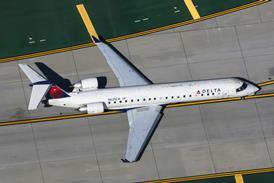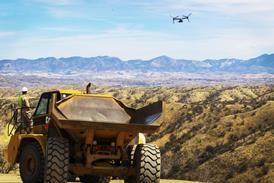Uncertainty over market demand for the Sonic Cruiser may force Boeing to delay seeking board authority to offer the aircraft from the last quarter of this year to early 2003.
Boeing Sonic Cruiser programme vice-president Walt Gillette says the company is "just not sure" of the chances of giving its marketing teams the go-ahead to start formally offering the aircraft before 2003. He adds, however: "We are really focused on this [canard-equipped] configuration" and suggests that studies of the mid-wing alternative concept are likely to end.
Boeing chairman Phil Condit says the probability of Sonic Cruiser is "pretty good, but not 100%".
"There have been intense discussions with airlines about the value of speed," says Boeing Commercial Airplanes president Alan Mulally. "We don't know the answer yet. If it turns out that we can't value the time saving, then we will see what the next development should be."
Boeing's alternative Yellowstone conventional aircraft project looks likely to be a 757/767-sized aircraft with "a dramatic improvement in operating efficiency using technologies developed for Sonic Cruiser". But Mulally says there is "no timeframe" for the project.
Boeing has also released details of several design refinements to the Sonic Cruiser as well bringing the UK's GKN Aerospace Services into its aerostructures technology team, along with Stork Fokker Aerostructures and Fischer Advanced Composite Components of Austria.
The latest configuration has a new nose shape with a large, single-piece centre windscreen and larger zero-dihedral canards with elevators moved further aft. The contours of the engine nacelles are revised and now fully enclose the engines, while the aft deck shows elevator control surfaces. The twin fins resemble conventional Boeing fins, with no tilt and more area. The fins, with rudders, are mounted further aft, on the nacelles.
Other changes include extensions to the window belt and a new forward galley service door on the starboard side only. Wing modifications include additional control surfaces on both trailing and leading edges and a slight dihedral to the raked tip.
Boeing has evaluated 25 different wing shapes, more than 30 nacelle configurations and over 60 fuselage iterations.
Structural tests are also being carried out on a sample 75%-scale, 6m (20ft)-long representative fuselage section made of composites.
Source: Flight International























